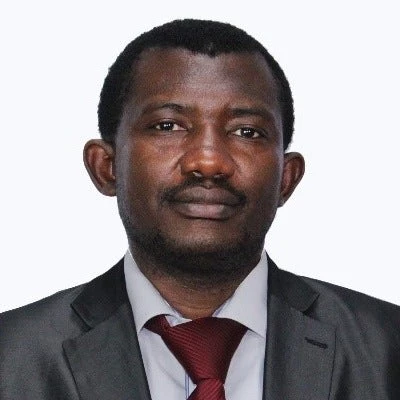
Healthcare systems worldwide struggle with inefficient resource allocation that prevents many from accessing basic care despite substantial investments. Multiple cross-country studies confirm that weak public financial management arrangements prevent funds from reaching priorities and being used efficiently.
In Togo, government health spending is not achieving the expected health outcomes and recent analysis shows that addressing inefficiencies could improve life expectancy by up to four years without requiring additional funding (Togo FinHealth Report).
While Togo has made progress in health outcomes over the last two decades, this progress has been slower compared to aspirational peers such as Ghana, Morocco, and Rwanda. There are also significant disparities: expectant women in urban areas are 2.25 times more likely to be attended by qualified personnel than those in rural areas.
This inefficiency presents three ongoing challenges in healthcare delivery that directly impact patients. Medicine shortages are a concern for nearly half of primary healthcare facilities. Healthcare workers are predominantly located in the capital region, which has twice as many healthcare workers per 10,000 inhabitants compared to northern regions. Meanwhile, essential medical equipment is often unavailable; a review showed that ultrasound scanners were available only 63 percent of the time, while CT scanners were accessible just 43 percent of the time.
Addressing these issues is essential as Togo undertakes health financing reform and aims to achieve universal health coverage. Not resolving these challenges may result in expanding health insurance coverage and could overwhelm an already burdened system.
Problem-Solving with the FinHealth Approach
The World Bank Group Institutions and Health teams, in partnership with the government, are utilizing the FinHealth Toolkit to examine how public financial management (PFM) affects healthcare delivery. This innovative method integrates PFM and health perspectives to identify problems within healthcare facilities that serve patients.
Medicine shortages offer a clear example of the issues faced. What causes facilities to run out of essential and generic drugs? The Togo FinHealth assessment revealed a convergence of PFM and non-PFM challenges.
First, insurance reimbursements must go through multiple layers of control and approval, delaying payments to facilities for months. This delay affects the availability of funds needed for purchasing medicines and making other necessary payments. Moreover, the central purchasing agency relies on historical sales data instead of actual facility needs for forecasting medicine purchases, even though hospitals have software capable of generating more accurate demand estimates.
The assessment also revealed limited adherence to the essential medicines list, with prescriptions sometimes favoring branded medications over more affordable generic alternatives. At the facility level, many clinic staff have not received adequate training in inventory management. Recognizing these interconnected challenges has led to the recommendations of practical solutions.
Insights from Togo's Experience
The implementation of the FinHealth approach in Togo provided three valuable insights:
• First, building a collaborative process involving all key ministries, including the Ministry of Health and Public Hygiene, the Ministry of Universal Healthcare Access, and the Ministry of Finance proved to be essential. Joint field visits to more than 20 health facilities fostered a shared understanding of constraints and accelerated solution identification. The process demonstrated that overcoming persistent barriers—from institutional inertia to incentives that benefit specific stakeholders—would require sustained high-level political commitment to ensure reforms were not undermined or hindered by those who profit from the status quo.
• Second, the problem-driven approach marked a departure from conventional reviews. Rather than assessing the entire PFM cycle, the analysis focused on connecting priority service delivery problems to their PFM causes, thereby providing more targeted and actionable recommendations.
• Third, measuring the impact of spending inefficiencies has prompted action. For example, the Ministry of Health and Public Hygiene is currently collaborating with the Ministry of Finance to create a digital system for tracking medical assets, improving visibility of available equipment in public hospitals. The process showed that removing obstacles like institutional inertia and perverse incentives requires ongoing political commitment to counter stakeholders benefiting from the current system.




Join the Conversation